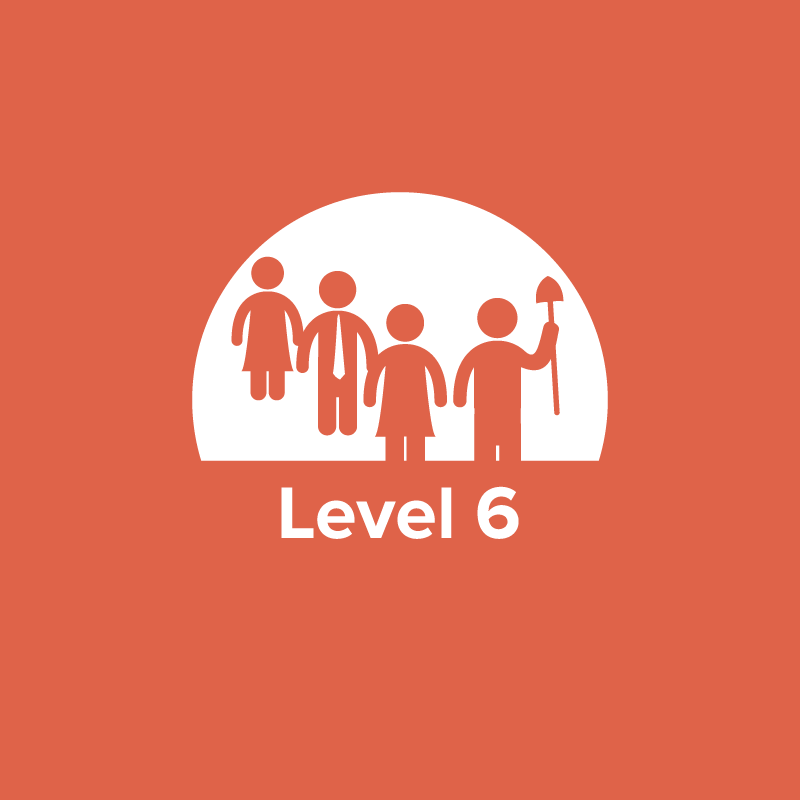
Journey 2050 Lesson 6: Careers (Grades 9-12)
Students will explore careers related to agriculture, identify personal interests within agriculture or a related field and discuss how agricultural professionals can impact world food.

Students will explore careers related to agriculture, identify personal interests within agriculture or a related field and discuss how agricultural professionals can impact world food.
Students develop a working vocabulary regarding food, categorize foods by their sources, examine grocery ads, learn about food production, and apply what they learned by analyzing foods they eat at a particular meal.
Students explore organic and conventional farming practices by analyzing multimedia texts to investigate the differences between conventionally and organically grown apples.
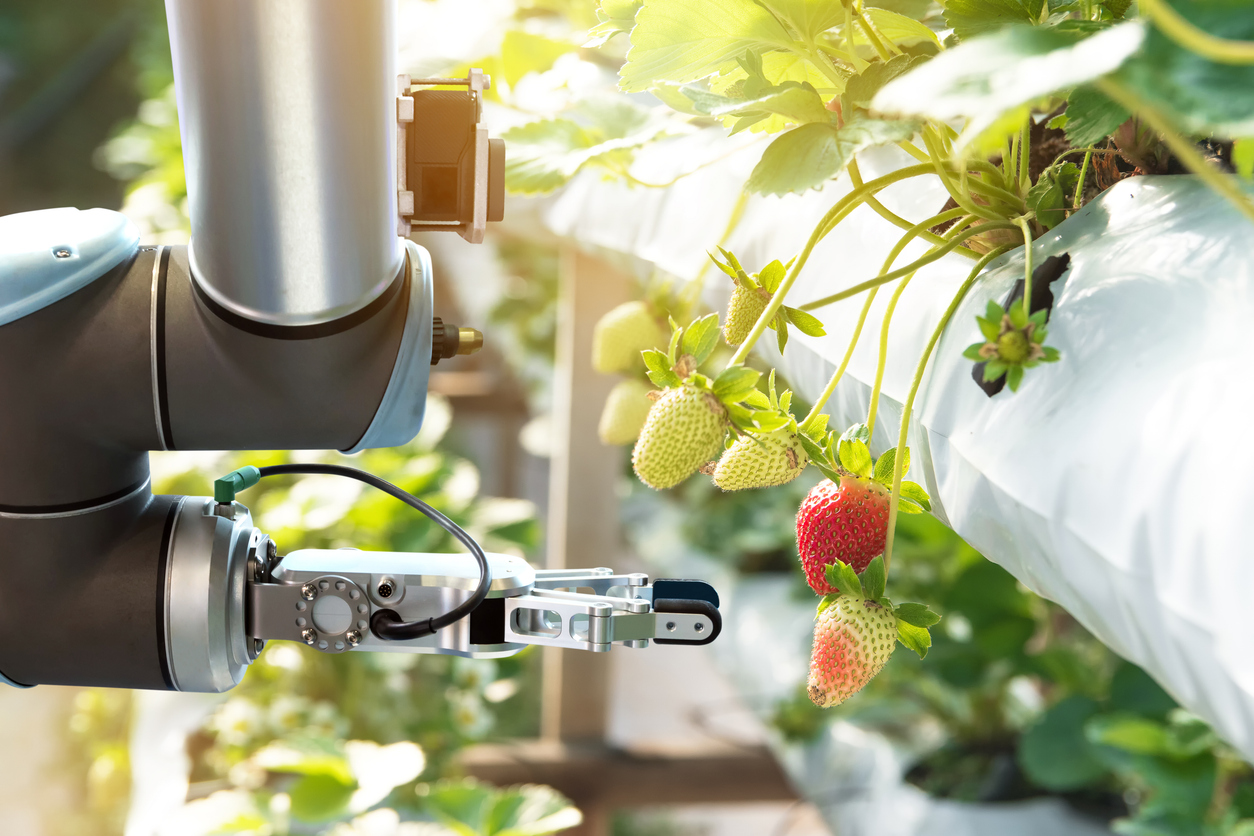
Through project-based learning, students examine fruit and vegetable farms to discover the amount of manual labor required to plant, grow, and harvest some of our food. They research the business economics of farm management, the plant life cycle, and the requirements and challenges faced in reducing manual labor through mechanization or robotics. Students present their findings to an agricultural engineer to begin developing a solution to farm labor shortages.
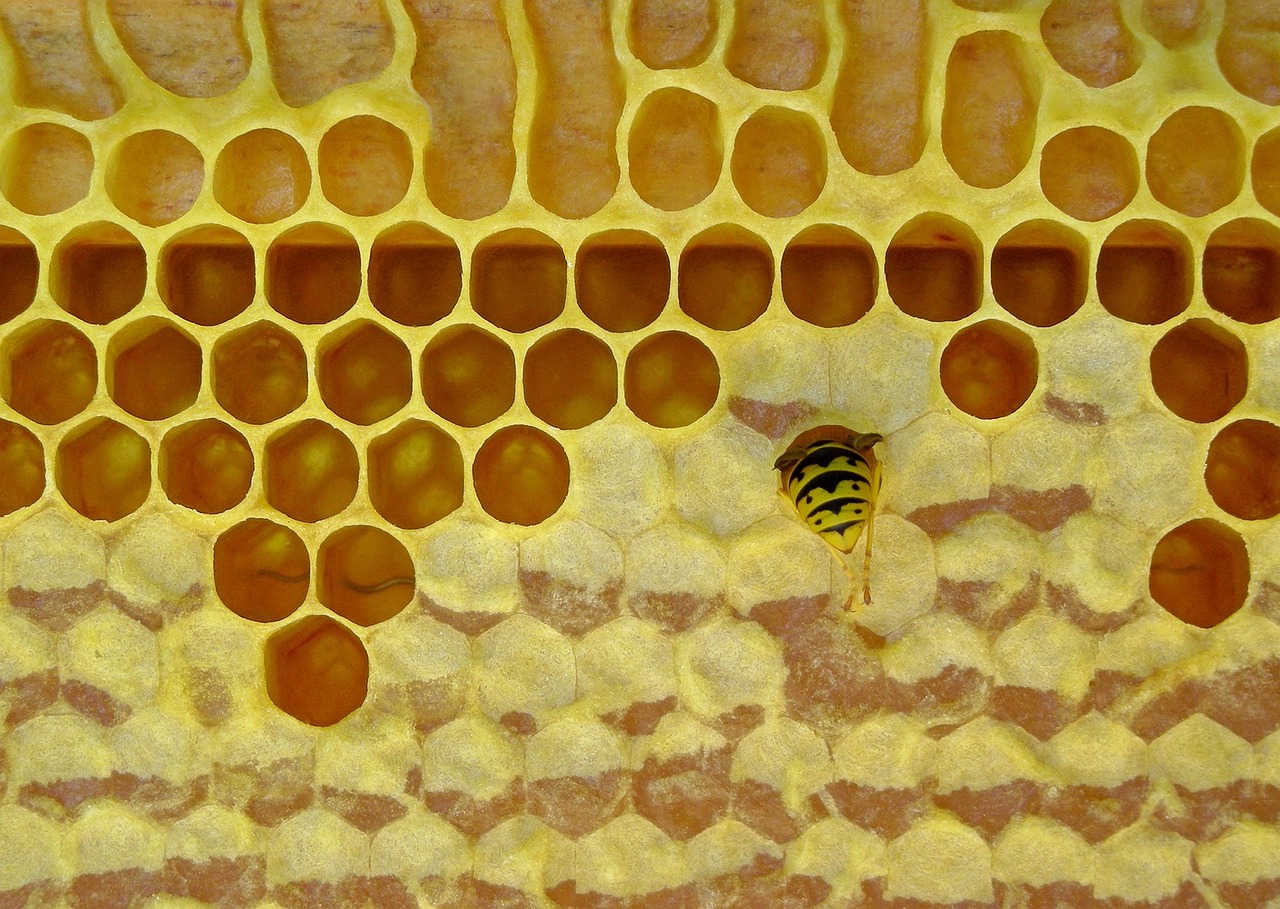
Through project-based learning, students solve the problem of excess beeswax, a byproduct of honey bees, by developing a useful beeswax product and marketing their product to be sold in a local boutique or farmers market.
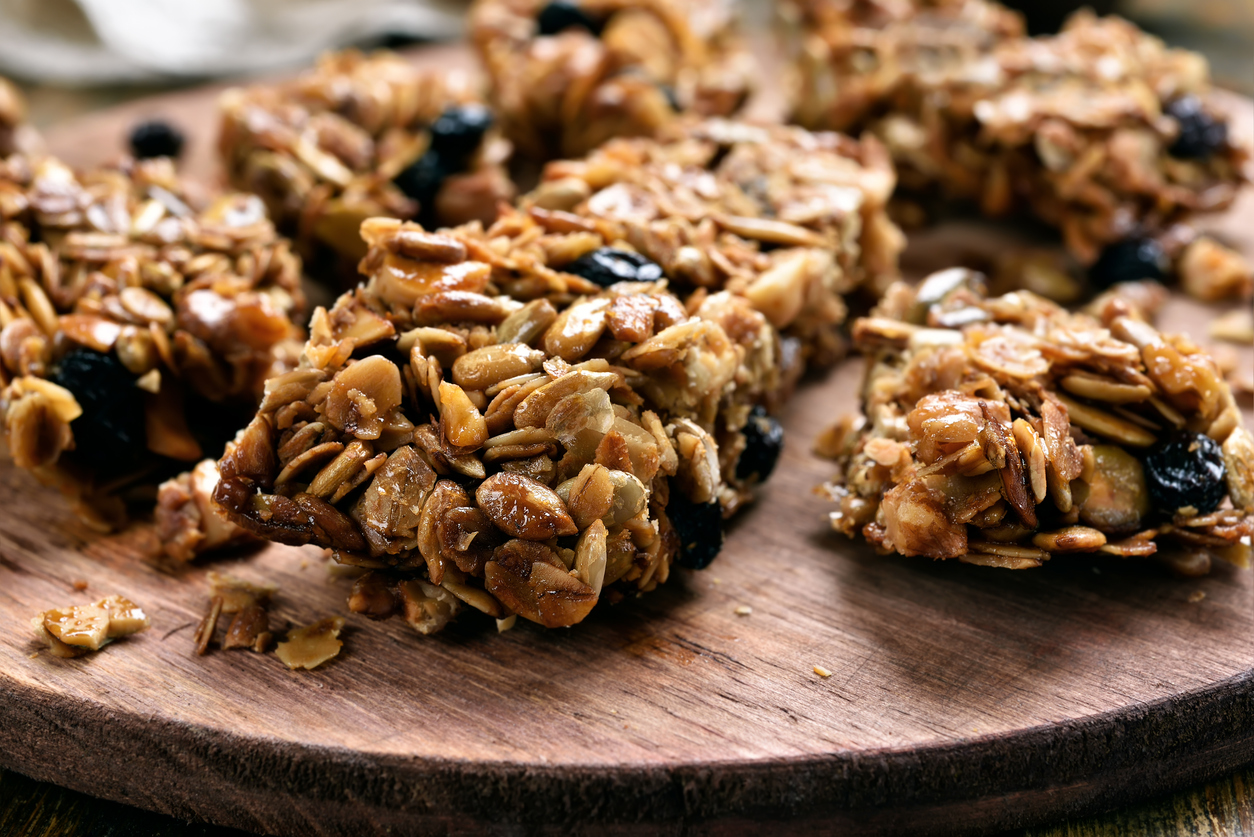
Through project-based learning, students will develop, market, and brand a healthy energy bar and packaging to be sold to a target audience.
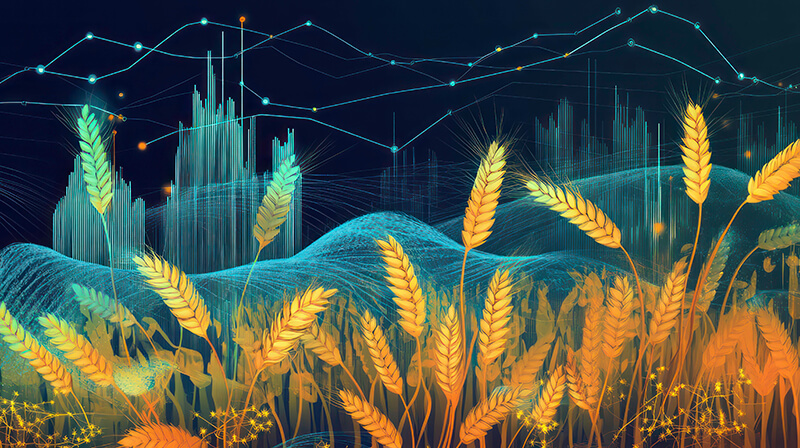
Students will demonstrate understanding of the importance of the relationship between producers and consumers by explaining how agricultural supply and demand affects commodity prices.
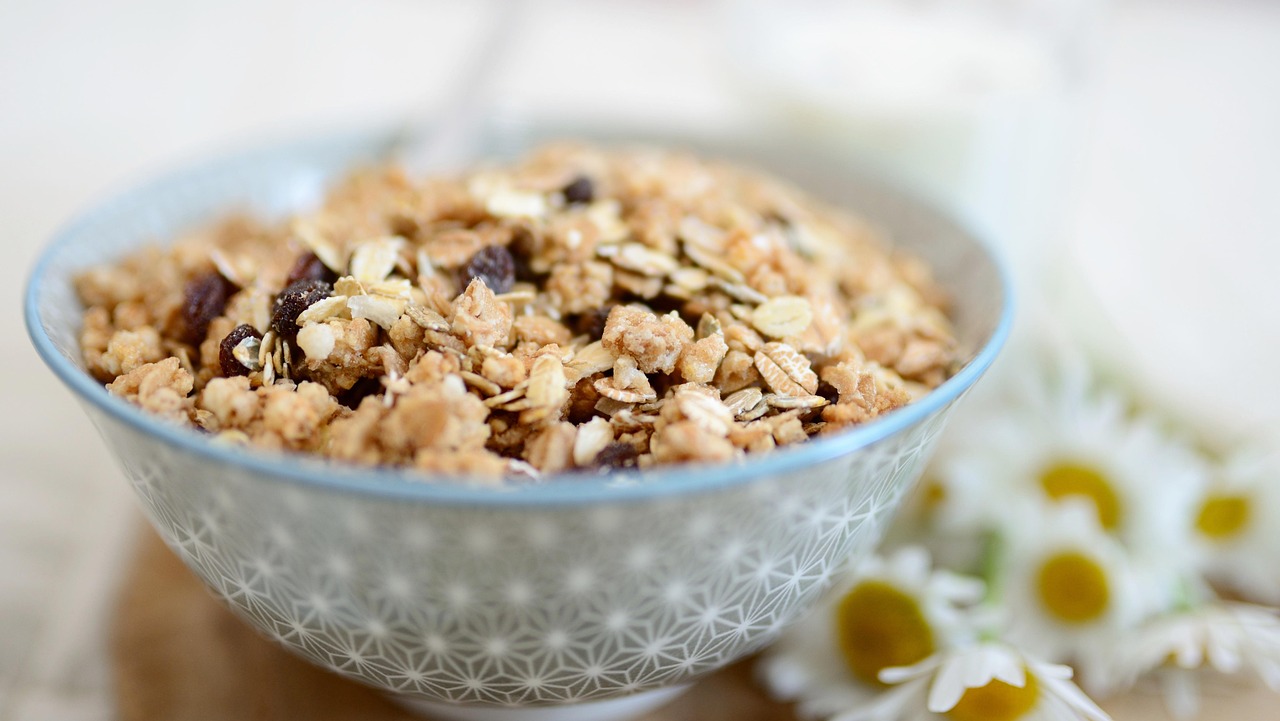
Students will develop an appreciation for the extensive materials and career fields provided by agriculture, specifically as related to cereal grain production, processing, and consumption. Activities include playing a game in which students become agronomy specialists, mapping the top grain-producing states, and watching videos about careers related to grain production.
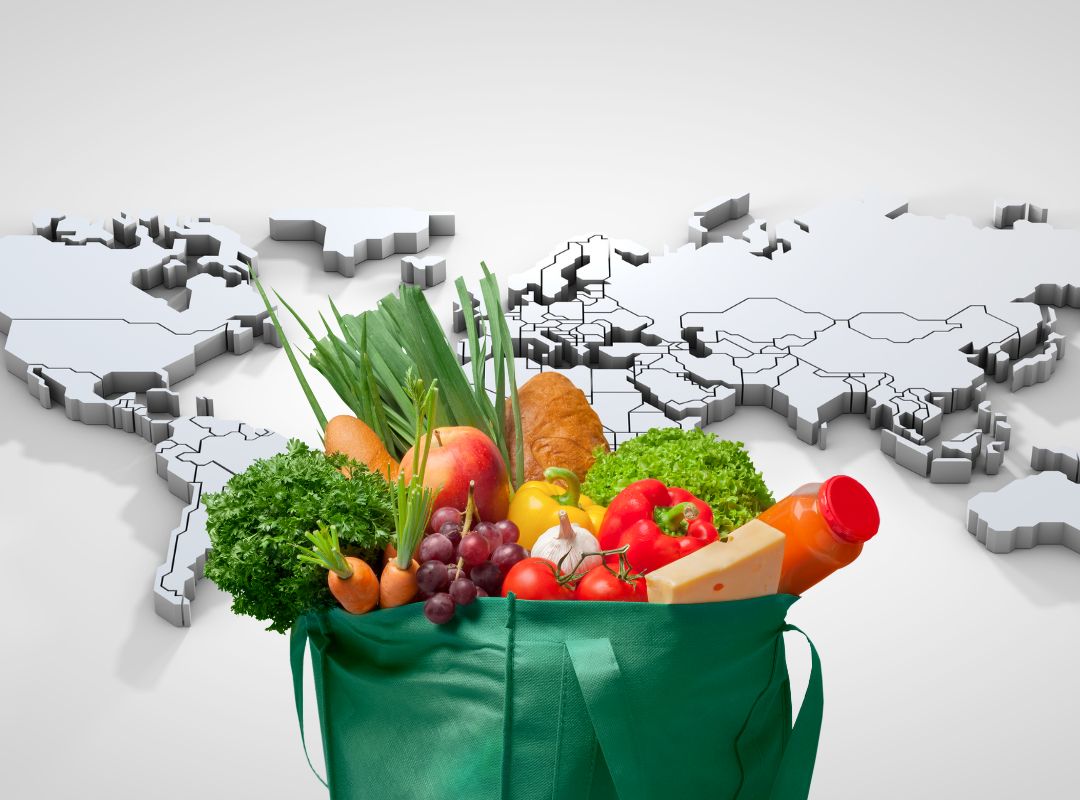
Students learn what factors affect a country's ability to produce their own food and how food expenses differ throughout the world.
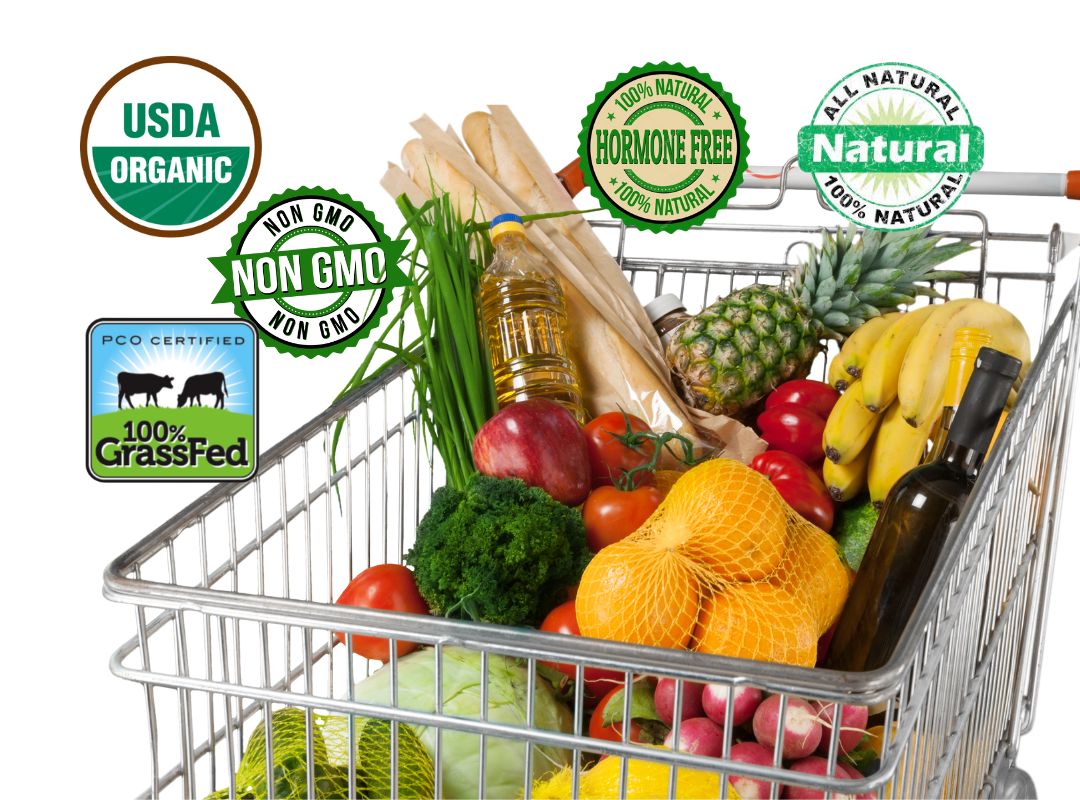
Students evaluate food package labels, determine their meaning, and use the Claim, Evidence, and Reasoning model to determine the value of the label in relation to food production practices, nutrition, health, and food safety. Students will engage in critical thinking to recognize the impact of food package labels in relation to marketing, consumer perceptions of food, and farming practices.
Students investigate the seasons, explore the process of wool production, and discover how trade and barter have historically allowed people to satisfy their needs and wants.
Students read Right This Very Minute—a table-to-farm book about food production and farming—and diagram the path of production for a processed product, study a map to discover where different commodities are grown, and write a thank-you letter to farmers in their local community.